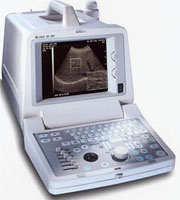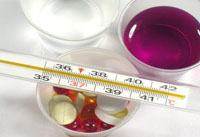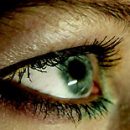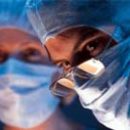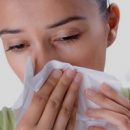How is the treatment of dystrophy? How to organize the care of the patient? What a diet should be in the treatment of dystrophy? Answers to these questions you will find in the article.
Content
Distrophy Treatment
Medical events depend on the type of dystrophy and the degree of its severity. First of all, they include the elimination of etiological factors, the organization of the regime and optimal environmental conditions for the child. Of paramietia has dietherapy. Sanitation of chronic infections are also needed, treatment of related diseases, prevention of secondary infections, fighting hypodynail.
Organization of care
Children with hypotrophy of I degree treat at home under the supervision of a precinct pediatrician without changing the usual regime corresponding to their age. Treatment of children with hypotrophy II and III degrees is carried out in a hospital with a mandatory organization of a gentle regime: a child should be protected from all extra stimuli (light, sound, etc.). Preferably the content of the child in boxing with the creation of an optimal microclimate (air temperature 27-30 °C, humidity 60-70%, frequent ventilation); Mother hospitalized with a child. During the children's walks, you need to keep on your hands, ensure that the brushes and feet are warm (the heights, socks, mittens are used). Enhance the emotional tone should be achieved affectionate treatment with patients, massage and gymnastics. Under hypotrophy III degree, especially with muscle hyperthnot, massage is carried out with great care and only stroking.
Diet pattern
The diet is the basis of the rational treatment of dystrophy (primarily hypotrophy). Diet therapy can be divided into two stages:
- clarifying tolerance of various foods;
- Gradual increase in the volume of food and the correction of its quality before the achievement of the physiological age norm.
The first stage continues from 3-4 to 10-12 days, the second - to recovery.
General principles of diet and therapy recommended for the treatment of dystrophy:
 «rejuvenation» diet - the use of foods intended for children of older age (breast milk, fermented milk adapted mixtures based on protein hydrolyzes);
«rejuvenation» diet - the use of foods intended for children of older age (breast milk, fermented milk adapted mixtures based on protein hydrolyzes);
- fractional food - frequent feeding (for example, up to 10 times a day with hypotrophy of the III degree) with a decrease in the amount of food for one reception;
- Weekly calculation of the food load in the number of proteins, fats and carbohydrates with correction in accordance with the increase in body weight;
- Regular control of the correctness of treatment (maintenance of the food diary, with an indication of the amount of food, drinking liquid, diurea and stool characteristics; compilation «Weight curve», Coprological research and other.).
Calculation of power under hypotrophy of the I degree is performed on a must (appropriate age) a mass of the body of a child with full satisfaction of its needs in the main components of food, trace elements and vitamins. In hypotrophy II and III degrees in the first 2-3 days, the volume of food is limited to 1/3 of 3-1 / 2 for the mass body weight. In subsequently, it gradually increases to 2/3-3 / 5 of the daily diet of a healthy child. The missing capacity is filled with liquid - vegetable and fruit juices, 5% glucose solution. Upon reaching the amount of food, the amount of proteins and carbohydrates is calculated on the crucial mass of the body, and fat - on the actual. If the child has no dyspeption in the process of increasing the number of food, and the body weight increases (it usually occurs after 1 - 12 days from the start of treatment), gradually conduct high-quality power correction, all ingredients are calculated on the body weight (proteins and fats - 4-4 , 5 g / kg, carbohydrates - 13-16 g / kg).
Drug therapy
Enzymes are necessarily prescribed with any degree of hypotrophy both due to an increase in the food load in the treatment and in connection with a decrease in the activity of own enzymes of the Patient. Enzyme therapy is carried out for a long time, replacing drugs: rennet enzymes (abomin), pancreatin + yellow components + hemicelylase (festal), with a large number of neutral fat and fatty acids in the coprogram - Pancreatin, Panzinorm. Pathogenetically substantiated and use of vitamins, primarily ascorbic acid, pyridoxine and thiamine. Stimulating therapy includes alternating uterine milk courses (apilax), pentoxyl, ginseng and other means. When developing an infectious disease, IG is administered.


